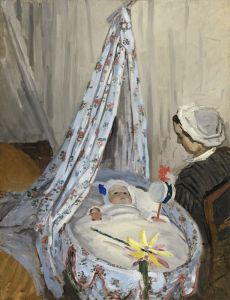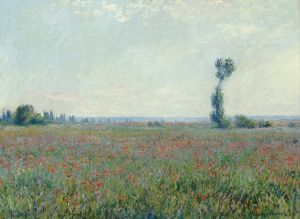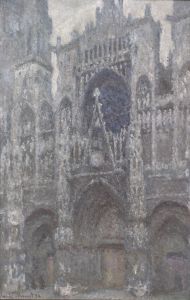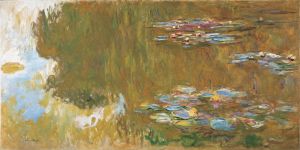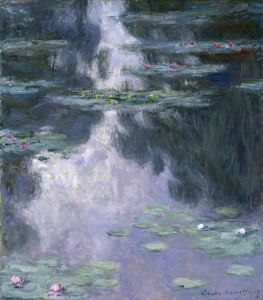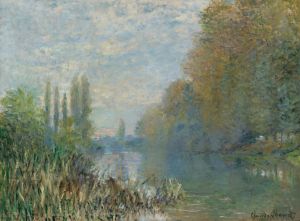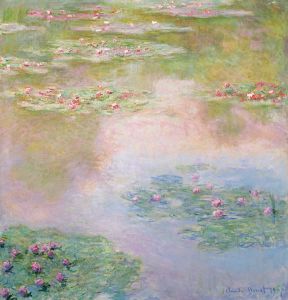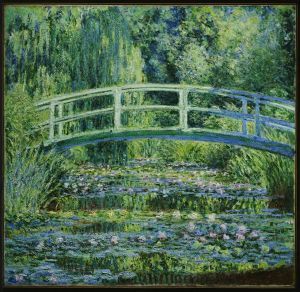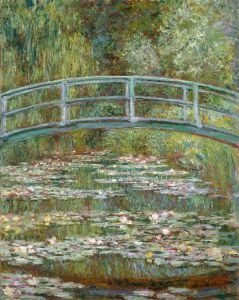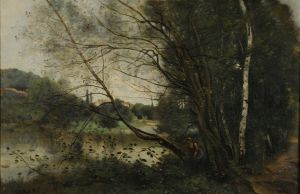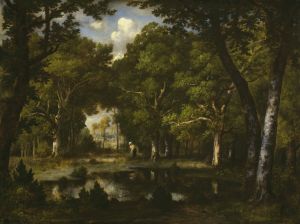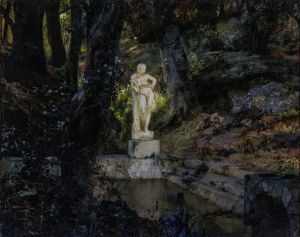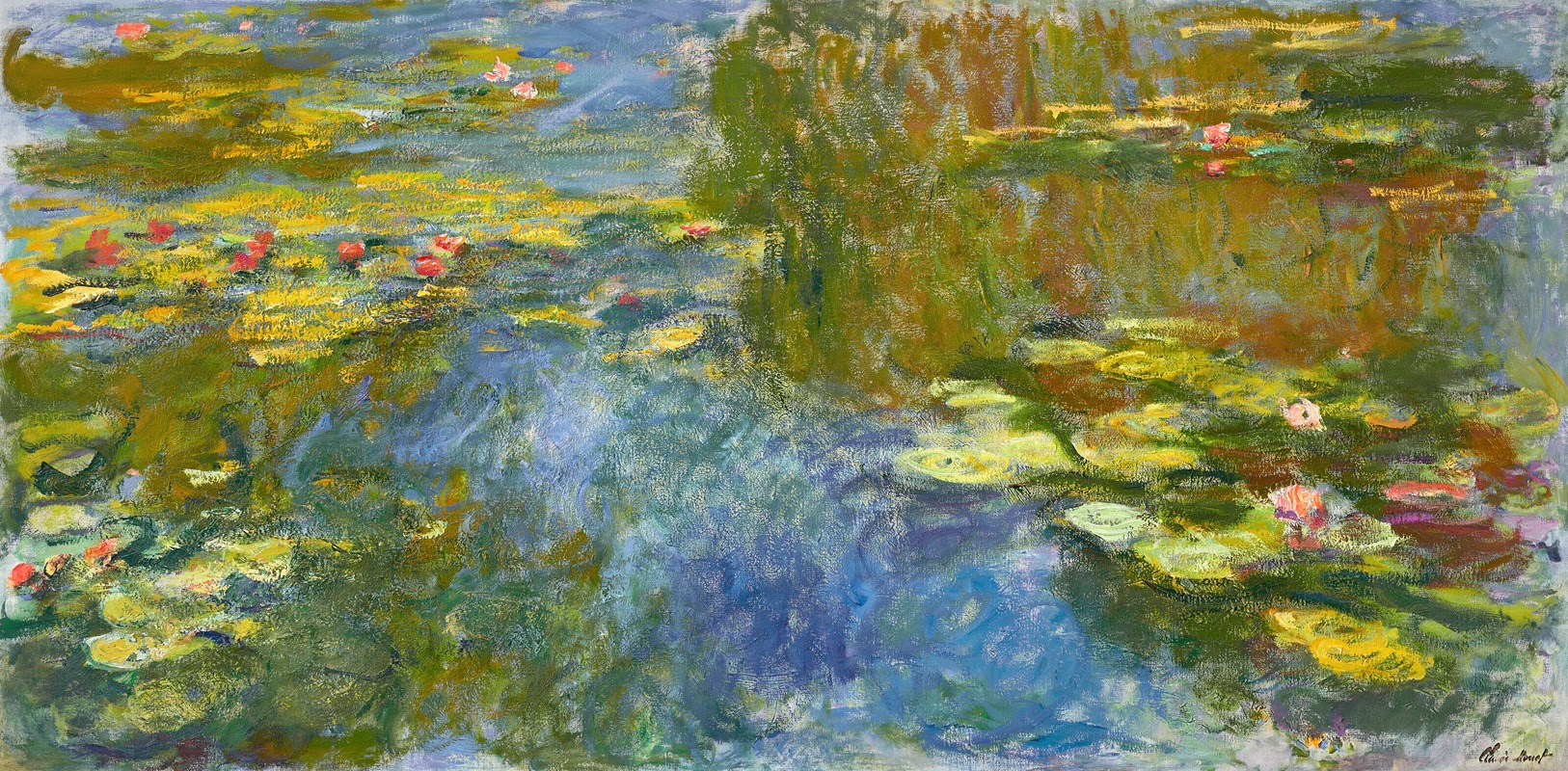
Le bassin aux nymphéas
A hand-painted replica of Claude Monet’s masterpiece Le bassin aux nymphéas, meticulously crafted by professional artists to capture the true essence of the original. Each piece is created with museum-quality canvas and rare mineral pigments, carefully painted by experienced artists with delicate brushstrokes and rich, layered colors to perfectly recreate the texture of the original artwork. Unlike machine-printed reproductions, this hand-painted version brings the painting to life, infused with the artist’s emotions and skill in every stroke. Whether for personal collection or home decoration, it instantly elevates the artistic atmosphere of any space.
Le Bassin aux Nymphéas (The Water Lily Pond) is one of the celebrated paintings by the French Impressionist artist Claude Monet. This artwork is part of Monet's extensive series of water lily paintings, which he created during the later years of his life while living in Giverny, France. Monet painted this series as a reflection of his fascination with the interplay of light, water, and nature, and it has since become one of the most iconic representations of Impressionist art.
The painting depicts a tranquil scene of a pond filled with water lilies, surrounded by lush vegetation. The composition is dominated by the water's surface, which reflects the sky, clouds, and surrounding greenery, creating a sense of depth and movement. Monet's use of vibrant colors and loose brushstrokes captures the fleeting effects of light and atmosphere, hallmarks of the Impressionist style. The absence of a horizon line or traditional perspective draws the viewer's attention to the surface of the water, emphasizing its abstract qualities.
Monet's inspiration for this series came from the Japanese-style garden he designed and cultivated at his home in Giverny. The garden featured a pond with a Japanese bridge, water lilies, and a variety of plants, all of which became recurring motifs in his work. Monet was deeply influenced by Japanese art, particularly woodblock prints, which is evident in the composition and framing of his water lily paintings.
The Le Bassin aux Nymphéas series was created over several decades, beginning in the late 1890s and continuing until Monet's death in 1926. During this time, Monet's eyesight deteriorated due to cataracts, which influenced his use of color and brushwork. Despite these challenges, he continued to paint prolifically, producing some of his most innovative and experimental works.
Today, many of Monet's water lily paintings, including those from the Le Bassin aux Nymphéas series, are housed in major art museums around the world. Notably, several large-scale panels are displayed in the Musée de l'Orangerie in Paris, where they are arranged in oval rooms to create an immersive experience for viewers. These works are considered masterpieces of Impressionism and have had a lasting impact on modern art.
Monet's Le Bassin aux Nymphéas series remains a testament to his dedication to capturing the beauty of nature and his ability to convey the ephemeral qualities of light and color. The paintings continue to be celebrated for their artistic innovation and their ability to evoke a sense of peace and contemplation.





